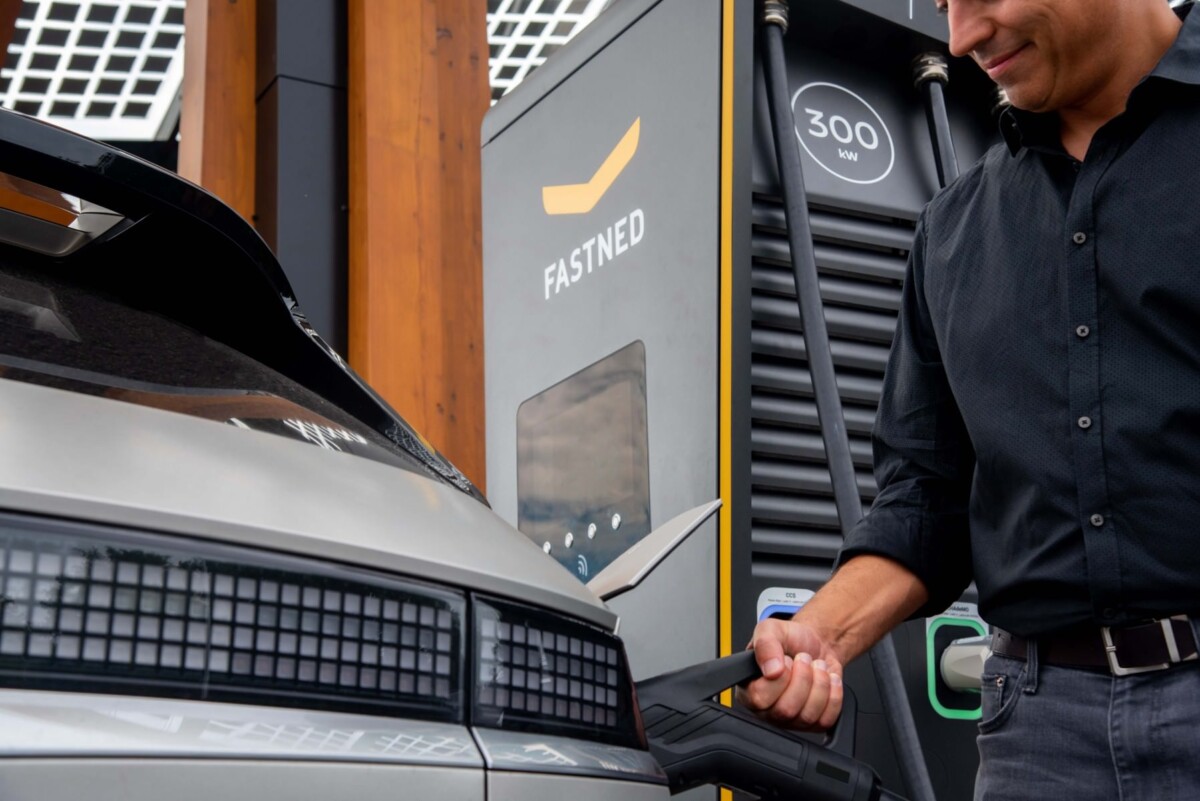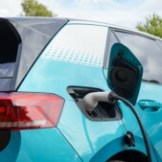Promised last October by the government and then set aside, the price shield for charging stations will be well implemented. An announcement made by the Ministry of Energy Transition, which will therefore benefit users of electric cars. But details are still scarce.
Right now
8 months Free on the ULYS electronic toll badge
For several months now, the price of electricity has been at its highest. Indeed, the wholesale price has literally skyrocketed, going from 85 euros per MWh in 2021 to more than 1,000 euros in August 2022. A situation which is explained in particular by the war in Ukraine, as well as the shutdown of nuclear reactors on the territory, managed by EDF. And this of course affects the French, and in particular the users of electric cars.
An expected measure
According to a report published by Enedis, 85% of drivers charge their electric or hybrid vehicle at home. In this case, the latter must deal with a sharp rise in the price of electricity, fortunately limited by the price shield put in place by the government. Thus, the increase has been limited to 15% since February 1, after a 4% increase in 2022. Concretely, this means that households pay an average of 20 euros more per month, instead of 180 euros without this measure. . We have done some calculations on our side to understand the impact on charging an electric car at home.
But the 15% shield only concerns the price of domestic electricity. Owners of electric cars who charge at fast and public terminals are not affected. And there is the cold shower. Indeed, with soaring energy prices, many operators have revised their prices upwards. This is particularly the case for Bélib’, which literally caused its prices to explode at the beginning of January, with double billing per minute per kWh. Before retracing his steps a few days later in the face of the outcry caused by the increase.

We also think of Allego, which recently reviewed its pricing policy with the arrival of off-peak and peak hours. A strategy also adopted by Tesla on its Superchargers for a few months. Price developments lacking in transparency according to the senator of Seine-Saint-Denis Gilbert Roger. The latter recently questioned the government on the establishment of a tariff shieldwhich would better regulate the price of charging.
An idea that did not come out of nowhere, since this measure had been promised by Emmanuel Macron himself last October, during the Paris World Cup. The President of the Republic then affirmed that “from January 2023 we will also extend the tariff shield to electrical terminals, to avoid adventures like some of our neighbors. Today, prices remain reasonable, we will make sure they remain so“.
Finally !
But since then, radio silence from the government. If the latter wishes encouraging motorists to go electric, having notably promised the installation of 100,000 charging stations in the territory by the end of 2021, it is still lagging behind on certain subjects. But that is changing, as the Minister Delegate to the Minister of Health and Prevention, Agnès Firmin Le Bodo spoke during the session of January 24, 2023 in the Senate.
Once again questioned by Gilbert Roger, she asserted that ” developers and charging operators can, when they are eligible, benefit from the electricity buffer put in place at the end of 2022“. A small step forward, therefore, confirmed on Twitter by the Minister for Energy Transition, Agnès Pannier-Runacher, who welcomes this measure.
✅ Commitment kept! From now on, all electric vehicle charging stations will benefit from the electricity tariff shield. pic.twitter.com/hmcPGRiJlb
— Agnes Pannier-Runacher ???? (@AgnesRunacher) February 6, 2023
How does the electricity damper work?
The government did not give any additional details during this speech and one could therefore think that this aid will be the same as that already in place for individuals. However, the government recalls that the charging of electric vehicles open to the public falls within the competitive sector, whose tariffs are freely defined by the operators. These tariffs may depend on the kilowatt-hours distributed, but also on other factors, in particular the speed of the recharge. »
In detail, the Ministry of Ecology explains the operation of the electricity damper on its website. We can therefore read that ” the State will cover, on 50% of the volumes of electricity consumed, the difference between the energy price of the contract and €180/MWh (i.e. €0.18/kWh)”. In the example, the help goes to ” 20% of the total bill » of electricity paid by a company that would buy the electricity €400/MWh (€0.4/kWh).

The formula is a bit complex to understand at first glance, but what you have to remember is that there is no question of regulating the price of charging. But simply to limit the increase in electricity so that it is less reflected in the final price paid by the customer.
Do not expect drastic reductions or rates approaching those paid at home. It remains to be hoped that the operators do not take advantage of this to increase their profits by maintaining high prices despite this shield.
The government also wants to go a little further, as it is discussing with the European Union to set up a ” draft regulations on the deployment of alternative fuels infrastructure“. This would allow better frame prices and be able to compare them it’s clear.
Want to join a community of enthusiasts? Our Discord welcomes you, it’s a place of mutual aid and passion around tech.


